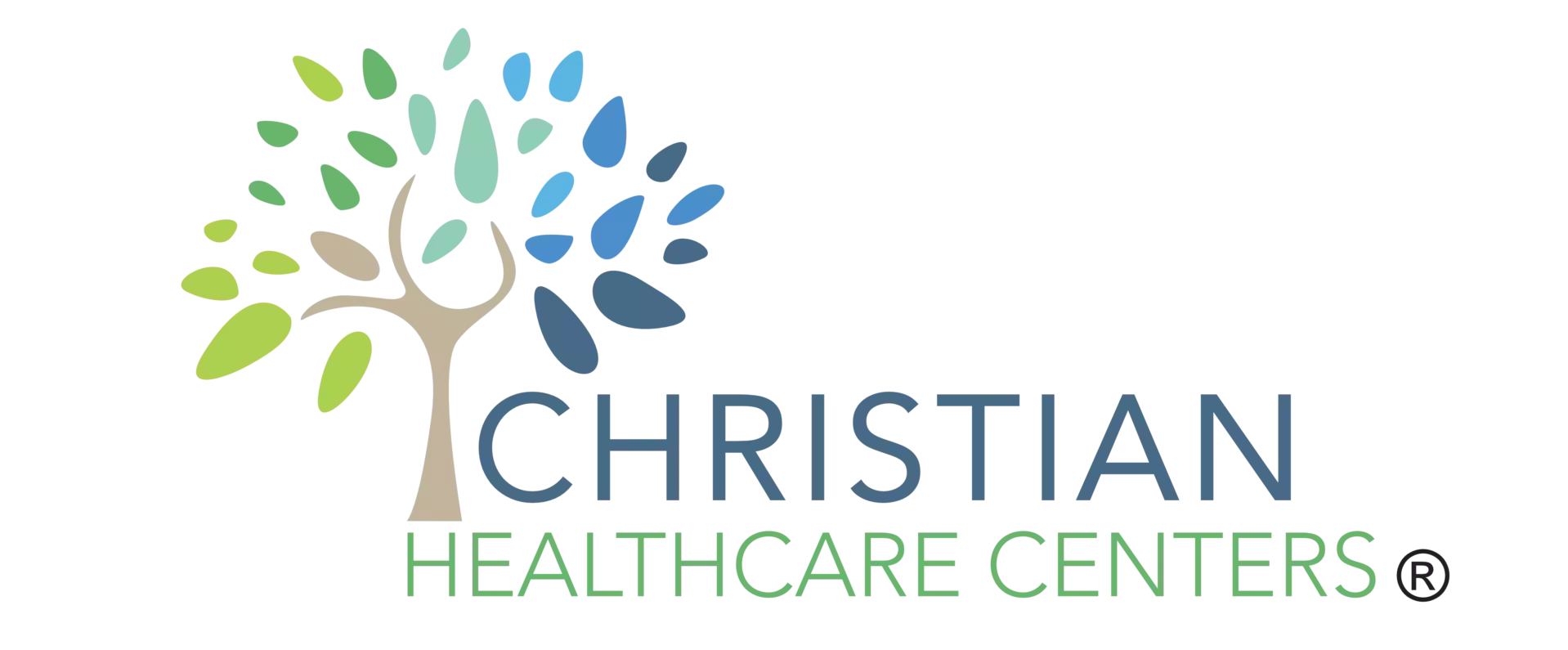Discover the definitive differences between Direct Primary Care (DPC) and Traditional Insurance as we delve into the five best ways to compare these two healthcare options.
Cost Comparison, Coverage Options, Access to Healthcare Providers, Administrative Hassle, and Patient Experience will all be examined to help you make an informed decision.
So, if you’re ready to unravel the mysteries and uncover the truth, let’s dive right in.
Cost Comparison
When comparing the cost of Direct Primary Care (DPC) and traditional insurance, it’s important to consider the overall financial impact on individuals and families. One of the key factors to consider is the cost effectiveness of DPC.
Unlike traditional insurance, DPC operates on a membership-based model where individuals pay a fixed monthly fee to access primary care services. This fee covers many services, including routine check-ups, preventive care, and even some medications. DPC can provide significant cost savings for individuals and families by eliminating the need for copays and deductibles. Additionally, DPC providers often negotiate discounted rates for additional services, such as lab tests and imaging, further reducing out-of-pocket expenses.
Another aspect to consider when comparing DPC and traditional insurance is the network limitations. Traditional insurance plans often have a limited network of healthcare providers, and individuals may be required to get referrals or pre-authorizations for certain treatments or specialists. This can lead to delays in receiving care and may even result in additional costs if individuals are forced to see out-of-network providers.
In contrast, DPC typically offers a broader network of healthcare providers, allowing individuals to choose their preferred primary care doctor without the need for referrals. This provides more flexibility and helps individuals build a strong and lasting relationship with their primary care provider.
Coverage Options
To understand the coverage options available with Direct Primary Care (DPC) and traditional insurance, it’s important to consider the differences in their healthcare models. Here are four key points to help you understand the coverage options provided by both:
Primary Care Coverage:
- Direct Primary Care (DPC) emphasizes primary care as the foundation of healthcare.
- With DPC, you have access to comprehensive primary care services, including preventive care, regular check-ups, and management of chronic conditions.
- Traditional insurance also offers primary care coverage, but it may come with limitations such as co-pays or deductibles.
Preventive Care Coverage:
- Both DPC and traditional insurance recognize the importance of preventive care in maintaining good health.
- DPC typically includes preventive care services at no additional cost, allowing you to receive screenings, vaccinations, and wellness visits without any out-of-pocket expenses.
- Traditional insurance may cover preventive care as well, but it often comes with co-pays, deductibles, or limitations on the number of visits.
Specialist Referrals:
- In the traditional insurance model, you typically need a referral from your primary care physician to see a specialist.
- This can sometimes lead to delays in receiving specialized care.
- With DPC, you have the freedom to directly access specialists without needing a referral, allowing for more timely and convenient healthcare.
Out-of-Network Coverage:
- Traditional insurance plans often have networks of healthcare providers.
- If you choose to see an out-of-network provider, you may face higher costs or not be covered.
- In contrast, DPC providers typically don’t require networks, allowing you to freely choose the providers you prefer without worrying about out-of-network costs.
Understanding the coverage options available with DPC and traditional insurance can help you decide about your healthcare needs. Whether you prioritize comprehensive primary care, convenient access to specialists, or freedom in choosing healthcare providers, both options have their own unique advantages.
Access to Healthcare Providers
Access to healthcare providers is a critical factor to consider when comparing Direct Primary Care (DPC) and traditional insurance. Regarding network limitations, traditional insurance plans often have a restricted list of healthcare providers you can choose from. This means that you may have limited options when it comes to selecting a primary care physician or specialist. On the other hand, DPC offers a more flexible approach by allowing you to choose any healthcare provider that participates in the DPC network. This means you have a wider range of choices and can select a provider that best meets your needs and preferences.
Another aspect to consider is the quality of care. Traditional insurance plans may require you to go through a referral process to see a specialist, which can cause delays in receiving the necessary care. In contrast, DPC eliminates the need for referrals and allows you direct access to specialists, ensuring timely and efficient healthcare delivery.
To help you better understand the differences in access to healthcare providers between DPC and traditional insurance, here is a comparison table:
| Traditional Insurance | Direct Primary Care (DPC) | |
|---|---|---|
| Network Limitations | Restricted list of providers | Wide range of providers |
| Referral Process | Required for specialist care | Direct access to specialists |
| Timeliness of Care | A wide range of providers | Timely and efficient care delivery |
Administrative Hassle
Dealing with administrative tasks can be a hassle when comparing Direct Primary Care (DPC) and traditional insurance. However, DPC offers several advantages when it comes to reducing paperwork and streamlining processes. Here are four ways DPC can make your life easier:
Fewer forms to fill out: With DPC, you don’t have to deal with the mountains of paperwork that come with traditional insurance. Instead, you simply pay a fixed monthly fee to your DPC provider, eliminating the need for complex reimbursement forms and claims.
Easy access to medical records: DPC providers often use electronic health record systems, allowing you to access your medical records online. This means no more searching through stacks of paper or waiting for records to be mailed. With just a few clicks, you can access your medical history, test results, and treatment plans.
Streamlined appointment scheduling: DPC providers typically offer same-day or next-day appointments, reducing the need to navigate through complex referral systems or wait weeks to see a specialist. With DPC, you can simply call or message your provider and get the care you need without the hassle of multiple phone calls or paperwork.
Transparent pricing: DPC providers often offer transparent pricing, meaning you know exactly how much you’ll pay for each service upfront. This eliminates the confusion of co-pays, deductibles, and surprise bills, allowing you to budget for your healthcare expenses more effectively.
Patient Experience
Improving your overall healthcare experience, Direct Primary Care (DPC) offers several advantages over traditional insurance.
With DPC, patient satisfaction is prioritized, ensuring personalized care that caters to your unique needs.
One of the main benefits of DPC is the enhanced patient satisfaction it provides. Unlike traditional insurance, where you may have limited access to your primary care physician and long appointment wait times, DPC offers a more personalized and attentive approach.
With DPC, you have direct access to your primary care doctor, allowing you to schedule same-day or next-day appointments easily. This prompt and convenient access to care leads to increased patient satisfaction, as you no longer have to endure the frustration of lengthy wait times and delayed treatments.
Moreover, DPC focuses on delivering personalized care tailored specifically to you. Traditional insurance often involves a one-size-fits-all approach, where insurance guidelines limit doctors and may not have the freedom to provide individualized attention.
In contrast, DPC doctors have more time to spend with each patient, allowing for a comprehensive evaluation of your health and the development of personalized treatment plans. This personalized approach fosters a stronger doctor-patient relationship as your doctor gets to know you and your medical history on a deeper level, ultimately leading to better outcomes and a more satisfying healthcare experience.
Wrap-Up
When comparing DPC and traditional insurance, it’s important to consider:
- Cost
- Coverage options
- Access to healthcare providers
- Administrative hassle
- Patient experience
As the saying goes, ‘Don’t judge a book by its cover.’ Similarly, don’t rely on the surface-level aspects of insurance options; dig deeper and assess how they truly meet your healthcare needs and provide a hassle-free experience.


